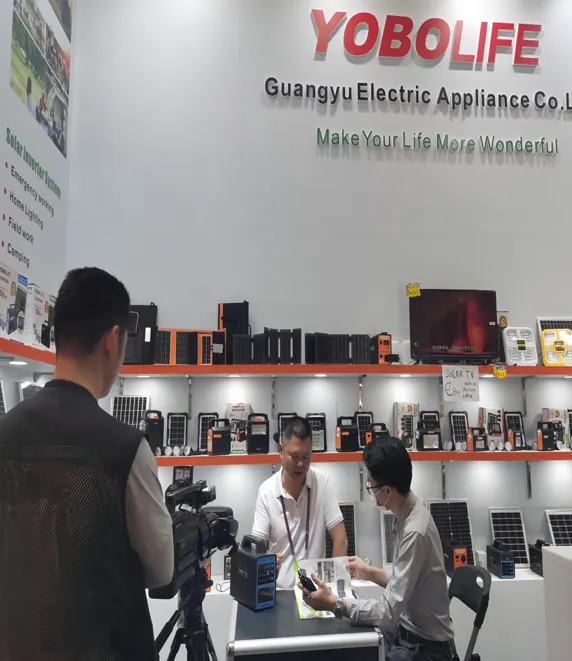Solar energy, a clean and renewable source of power, has emerged as a game-changer in the field of energy production. Unlike traditional fossil fuel-based systems, solar energy harnesses the abundant power of the sun to generate electricity. This article will delve into the inner workings of solar energy systems, providing a comprehensive understanding of how they operate and contribute to a sustainable future.

- Introduction
- The Sun’s Radiant Energy
- Photovoltaic Cells
- The Role of Solar Panels
- Power Inverters
- Battery Storage Systems
- Net Metering
- Monitoring and Maintenance
- Environmental Benefits
- The Path to a Sustainable Future
- Conclusion
Understanding Solar Energy
At the core of any solar energy system lies the sun itself. Our closest star radiates an immense amount of energy into space, and a tiny fraction of that energy reaches the Earth. This radiant energy, in the form of sunlight, is the primary fuel that drives solar energy systems.
The Magic of Photovoltaic Cells
Photovoltaic (PV) cells are the building blocks of solar energy systems. These remarkable devices convert sunlight directly into electricity through the photovoltaic effect. Composed of semiconductor materials such as silicon, PV cells capture photons from sunlight and release electrons, creating a flow of electricity.
Solar Panels in Action
Solar panels, also known as solar modules, are composed of interconnected PV cells. Their purpose is to collect and convert sunlight into usable electricity. When sunlight strikes the surface of a solar panel, it causes the PV cells to generate direct current (DC) electricity.
The Transformative Role of Power Inverters
While solar panels produce DC electricity, most household appliances and the power grid operate on alternating current (AC). Power inverters bridge this gap by converting the DC electricity generated by solar panels into AC electricity, making it compatible with residential and commercial electrical systems.
Battery Storage Solutions
One of the challenges of solar energy is its intermittent nature. To overcome this, battery storage systems play a crucial role. These systems store excess electricity generated by solar panels during the day and release it during periods of low sunlight or high energy demand, ensuring a continuous power supply.
Net Metering and Grid Interconnection
Net metering is a billing arrangement that allows solar energy system owners to receive credits for excess electricity they feed back into the power grid. During times of surplus solar energy generation, the excess power is fed back to the grid, and the meter spins backward, effectively offsetting the electricity consumed from the grid during times of low solar energy production.
Monitoring and Maintaining Solar Energy Systems
To maximize efficiency and ensure optimal performance, regular monitoring and maintenance of solar energy systems are essential. This includes inspections, cleaning, and potential repairs or replacements of components such as solar panels, inverters, and batteries.
Environmental Advantages of Solar Energy
Solar energy systems offer numerous environmental benefits. By relying on clean, renewable energy from the sun, they reduce greenhouse gas emissions, air pollution, and dependence on fossil fuels. Solar energy is a key player in mitigating climate change and preserving the planet for future generations.
Solar Energy’s Role in Sustainability
Solar energy systems are instrumental in paving the
way towards a sustainable future. By harnessing the power of the sun, we can reduce our reliance on finite resources and minimize the environmental impact of our energy consumption. Solar energy promotes energy independence, empowers local communities, and creates green job opportunities. The continued advancement of solar technology and increasing affordability make it a viable and attractive option for individuals, businesses, and governments worldwide.
Conclusion: A Bright Future with Solar Energy Systems
Solar energy systems revolutionize the way we generate electricity, offering a clean, renewable, and sustainable alternative to traditional fossil fuel-based systems. Through the utilization of photovoltaic cells, solar panels, power inverters, battery storage systems, and net metering, we can tap into the vast potential of the sun and create a greener and more resilient energy infrastructure. By embracing solar energy, we can reduce our carbon footprint, mitigate climate change, and shape a brighter future for generations to come.








